ECU Faculty Deliver Summer Courses Designed to Build Innovative Practices During Lockdown
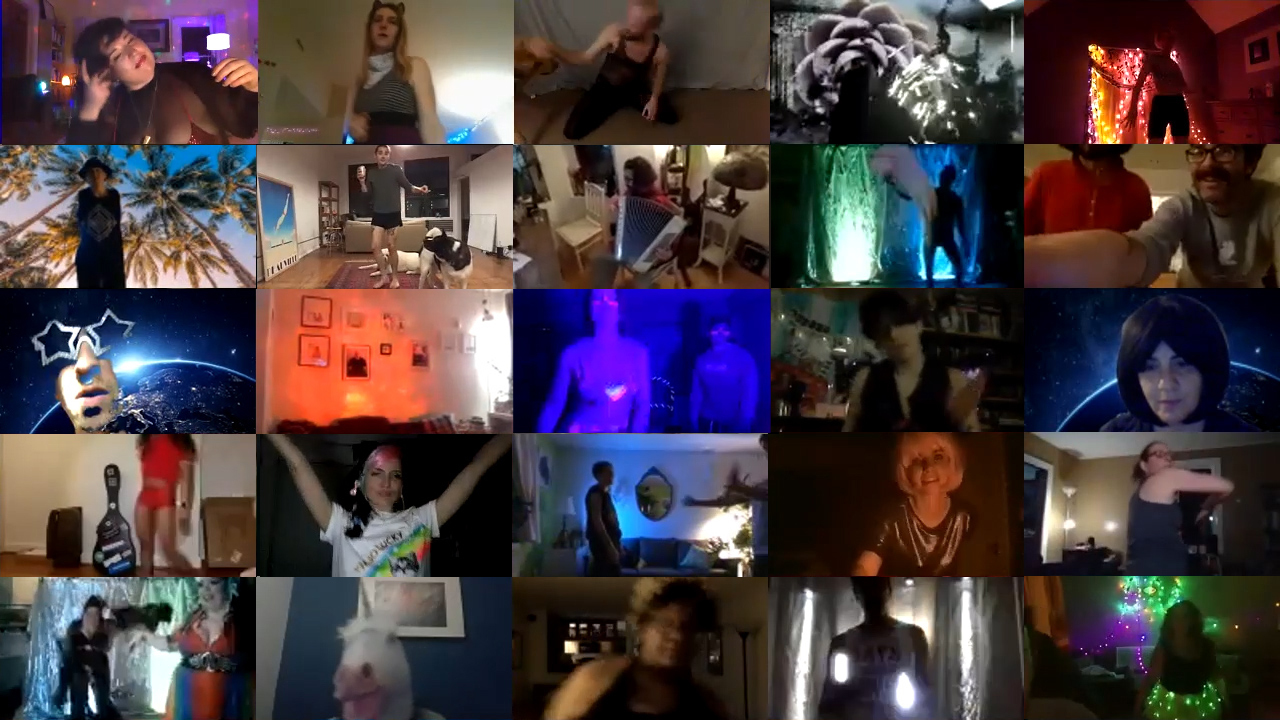
Posted on | Updated
The artists and educators offer students opportunities to learn skills from sustaining a practice in times of uncertainty to bringing hands-on techniques of production into the virtual sphere.
As postsecondary students across the country look toward a summer term defined by the COVID-19 lockdown, Emily Carr University faculty are offering an array of summer courses designed to empower creative practices at a moment of immense uncertainty.
Transdisciplinary artist Jess Posner’s sculpture courses aim to provide students with the critical tools to meet that uncertainty head on.
“This class is designed to offer students the tools to develop, nourish and sustain a resilient creative practice in times of great unknowing, precarity and change,” Jess writes.
Students will “deepen their relationships to ritual, transformation, mindfulness and the body through the development of daily practice and the study of critical, intersectional texts.” Entitled ‘Building a Resilient Practice: Ritual, Transformation, Mindfulness and Material Bodies in times of Unknowing, Precarity and Change,’ the course is grounded in the work of critical thinkers, artists and activists involved with issues of feminism, queer theory, anti-racism, environmentalism, disability justice and labour justice.
Artist Patrick Cruz offers students the chance explore “the unique potential of painting in a time of globalized crisis,” with his course, ‘Decentering Painting: Site and Memory.’ Beginning with an investigation of how experience is related to specific sites, Patrick will guide his students toward an understanding of how specific places become “jumping off points for creative interpretation.”
“We will delve into our personal and collective pasts, seeking insights into how our histories relate to our present,” he writes. “We will consider painting as an expanded field as we find innovate ways to approach the medium.”
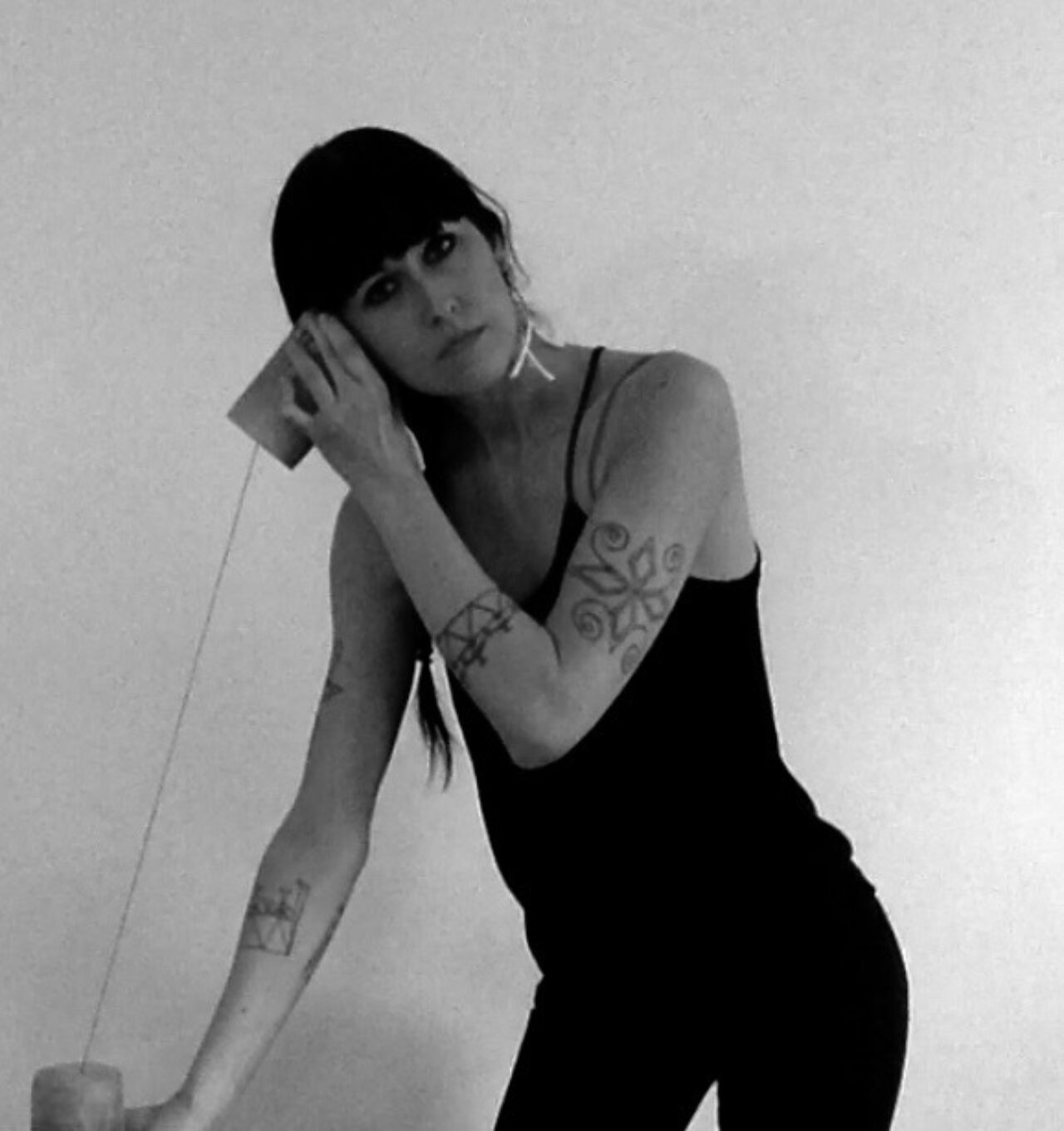
Multidisciplinary artist Merritt Johnson’s course, ‘Make-a-Vision: Working Customary Future-Past Interdisciplinary explorations in image, object, space & time,’ invites students to consider how their practices engage with notions of time, and of the known and unknown. ‘Make-a-Vision’ is one of a pair of summer offerings from Merritt engaging directly with themes that are increasingly occupying everyone’s attention as we turn to web technologies in the face of a sometimes overwhelmingly uncertain future.
“Acknowledging inspiration and inquiry is generated in the known (past/present) and the unknown (future); works can be produced in any materials/processes and may consider the potential for envisioning future as political/social/environmentally directed action, exploration of the simultaneity of time, of the unknown, of the known, and the projection of alternative structures,” Merritt writes.
Merritt is also teaching ‘Performing for the Camera,’ a course that considers the role of digital and online spaces as forums for viewership, participation and performance.
“How can artists working with performance use the Web as a space where action is cached, indefinitely retrievable, constantly suspended for the viewer?” Merritt asks. “How do we construct the relationship of audience to performer in the climate of YouTube, Twitter, social networks and edited reality TV, all actively confusing fiction and reality through editing and curation?”
With the option of working in a variety of media including performance, photography, video and web-based approaches, Merritt’s students will set up online studios to present and view their works.

As artists across the globe look for ways to shift from studio-dependent practices toward the virtual, artist and designer Jennifer Woodin aims to give students the opportunity “to become innovators in the function and utility of digital technologies, specifically in regard to design for ceramic production.” Her summer course, ‘Virtual Ceramics: Design for Production in the Digital Era,’ will teach students how to harness digital technologies such as 3D modeling software toward “crafting in virtual space.”
“Technology is quickly transforming arenas of expression, changing both the physical and social landscape of the world in which we live, while offering new perspectives on traditional art media, its contexts and its discourses,” she writes. “The criticality, craftsmanship and synthetic thinking of the artist can all be enhanced through the process of digital design and fabrication.”
Computer rendering technologies, digital fabrication output, creating designs for object models and tools, and fabrication technologies such as 3D printing, CNC milling or laser cutting will all be a part of Jen’s summer curriculum.
“Though this will be of value to artists working in a variety of materials,” she writes, “the deep historical legacy of the ceramic material will enrich the class dialogue.”
Jen practice also includes designing and creating 3D-printed bee habitats, as part of her work educating communities about the vital role of pollinators in our ecosystems, via her role as co-founder of Hudson Valley Bee Habitat.
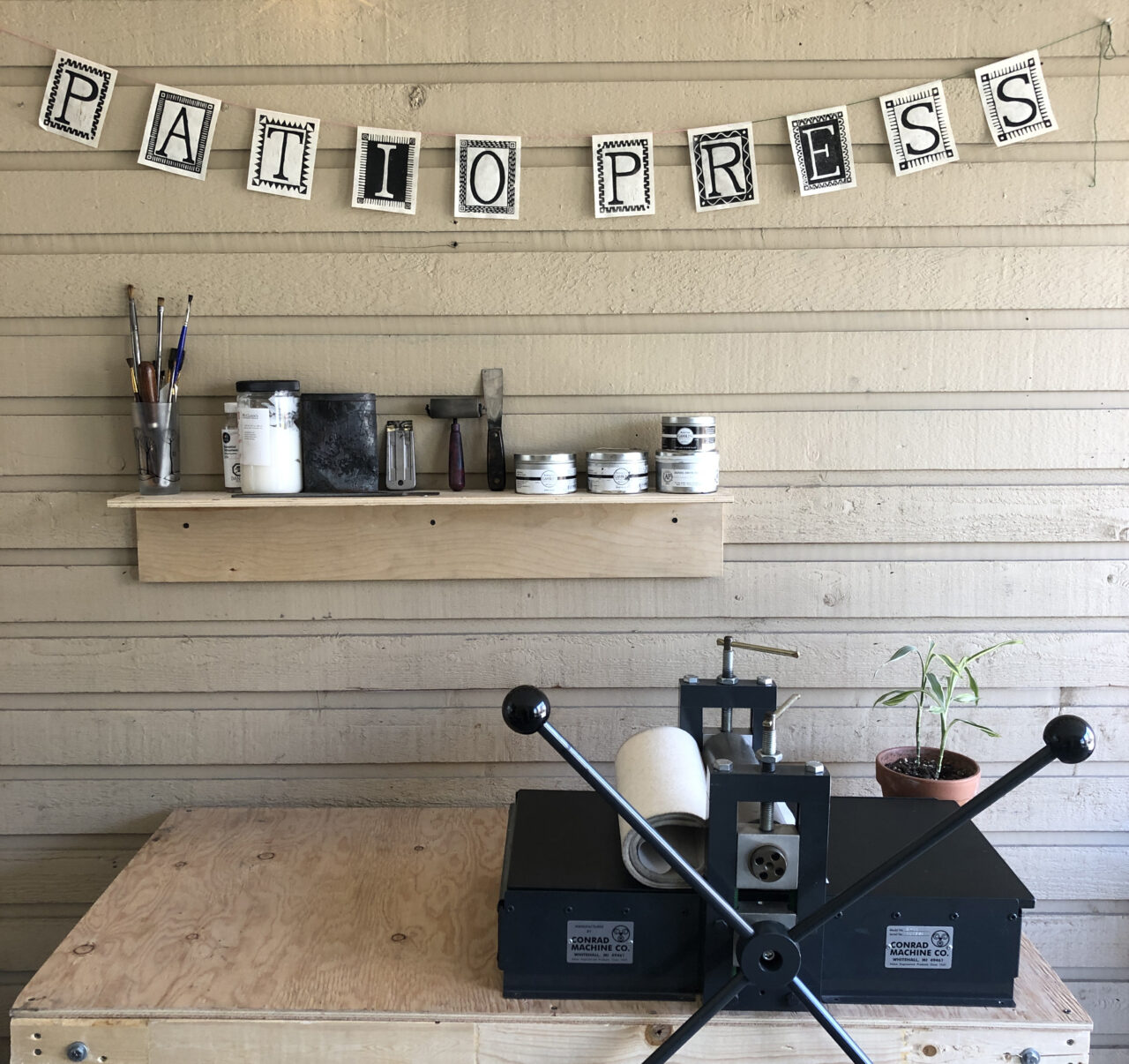
‘Traces from afar: DIY Printmaking,’ taught by artist Mark Johnsen, will teach students printmaking techniques they can use even from inside self-isolation (a practice Mark has been exploring alongside artist and ECU faculty member Sara-Jeanne Bourget via their virtual residency, Patio Press).
“The class will explore monotype, trace rubbings and possible relief techniques,” Mark writes. “Approaches will range from printing found objects, from one’s home or immediate surroundings, to direct transfer prints.”
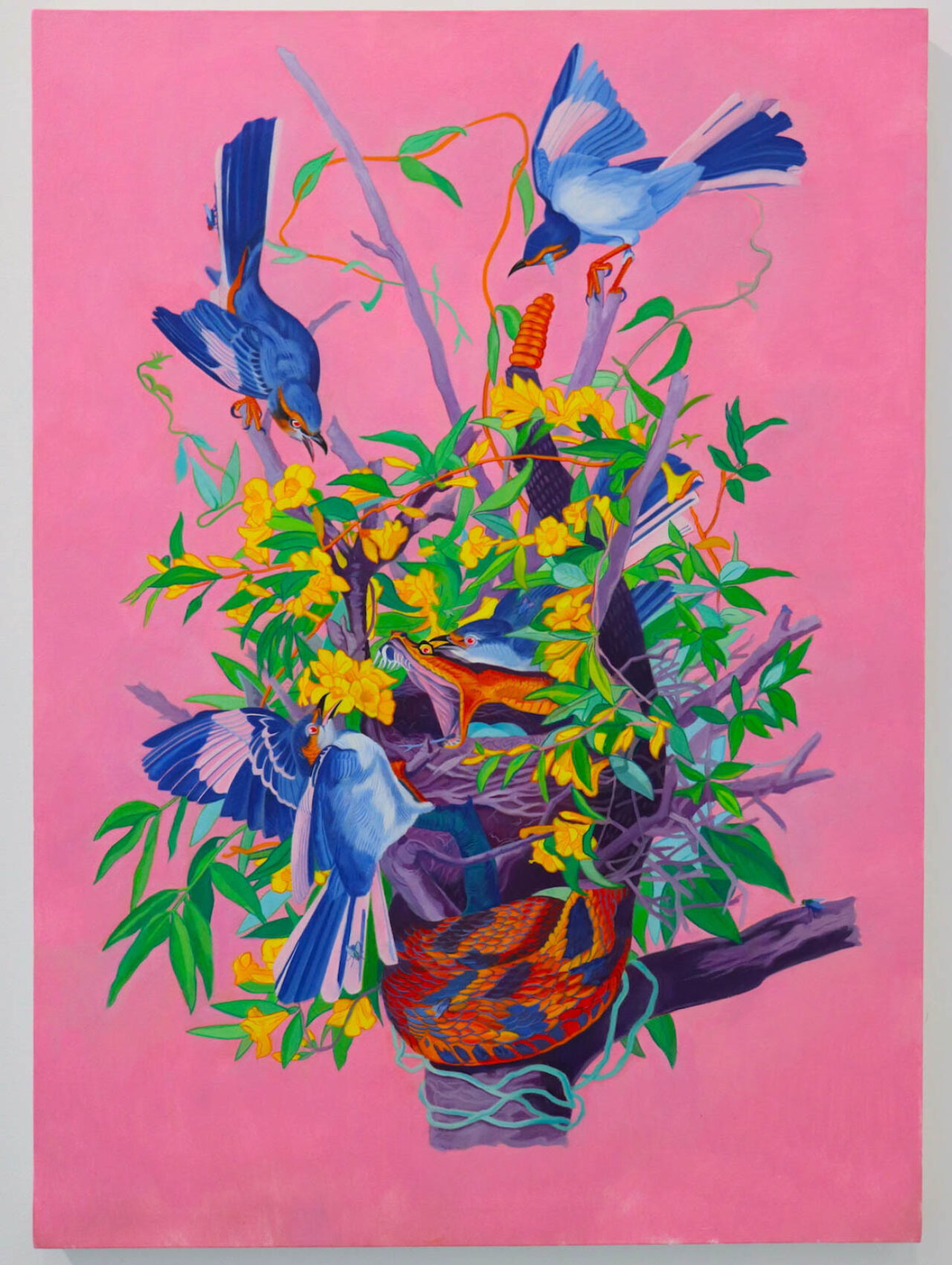
Artist Jesse Garbe’s ‘Visual Storytelling: From Our Private Collections and Shared Spaces’ offers tools to turn one’s immediate surroundings into building blocks for the creative process — a practice artists all over the world are currently engaging in.
Students will explore how “personal spaces and collections can inspire new and inventive ways to build their illustration practices.”
“How are our personal experiences influenced by the homes or apartments we live in? How are our lives defined by our books, toys, comics, movies, clothing and other mass-produced objects from popular culture and everyday life?” Jesse asks.
“Through a series of online projects, presentations, videos and student-led readings, the class will engage with the spaces and objects that surround them.”
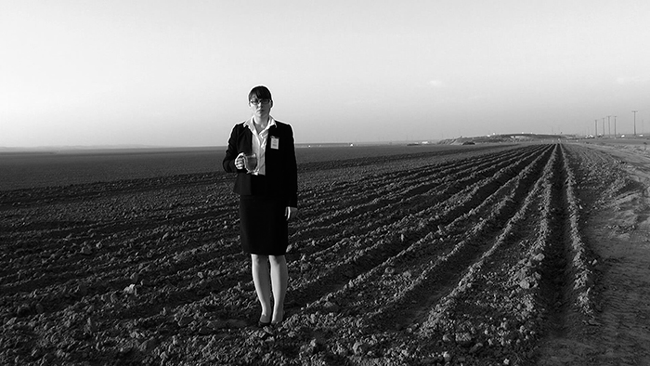
Artist Lauren Marsden offers students the chance to examine the relationships between new technologies and performance with her course, ‘Performance and Technology.’
Lauren describes how students will investigate themes which have become urgently relevant during lockdown, with social interactions and creative practices now being conducted almost entirely online. These themes include how “new technologies shape and shift what it means to perform live”; “how technologies like phones, computers and networks ask us to perform every day”; and “the internet's potential as a new type of stage with a new mode of liveness.”
The entire suite of ECU summer courses can currently be viewed online.